It’s back to school season! As you navigate this exciting (and sometimes chaotic) time of year, don’t forget to give yourself lots of grace and patience. And if you’re looking for fun, flexible activities to use in your speech therapy sessions, you may want to add these new video recommendations to your toolkit—they have something for everyone!
Just a quick reminder: I watched all of the videos and found them to be worthwhile, but everyone’s needs are different, so please preview any video fully before sharing it with students.
Length: 4 minutes
Ages: Preschool–2nd grade
For very young students who are new to the world of school, first-day nerves can be overwhelming! This read aloud of Mo Willems’ beloved picture book normalizes anxiety about unfamiliar situations, and it’s also likely to inspire some giggles.
As students embrace a sense of camaraderie with Pigeon, they can also work on multiple learning targets, including:
- Describing and inferences: After expressing his fears about everything he needs to learn, Pigeon says, “There should be a place to practice those things! With experts to help you. And books. And classrooms.” You could pause the video here (around the 3:04 mark), and ask students to guess what kind of place Pigeon is describing. After finishing the video, students could describe their own school.
- Feelings: Students could identify and discuss the various emotions that Pigeon experiences throughout the book.
- Questions: When it comes to school, Pigeon has a lot of questions, starting with the biggest one of all: “Why do I have to go to school?” This provides a great opportunity to introduce why questions, as well as to share some of the reasons why school is important.
- Social-emotional learning/friendships: Students could imagine what they might say to Pigeon if he were their friend.
- Extension: The Pigeon HAS to Go to School! concludes with a clever nod to Don’t Let the Pigeon Drive the Bus!, one of nine additional books in the series. Students may want to read them all! They may also be interested in learning how to draw the pigeon.
Length: 4 minutes
Ages: 3rd–8th grade
The joyful trio who helped us celebrate syllables is back! This time, they lead a simple get-to-know-you game that involves presenting pictures of two objects (e.g., a slide and a swing), and then asking students to move left or right, depending which object they identify with more.
This fun video will help your students and clients move their bodies and use their brains! Here are some ideas for your sessions:
- Articulation: Students could use the sentence frame “I am more like a___” to turn this video into a sentence-level articulation activity for initial /l/, final /k/, or vocalic /r/!
- Attributes/describing: With each object, students could name its relevant attributes, including location, parts and function.
- Back to school/icebreaker: The format of this game asks students to share about themselves in a way that feels inviting, not invasive—perfect for those first few sessions when everyone is still warming up. It does go quickly, so I recommend pausing the video between segments to allow more time for discussion and follow-up questions.
- Compare/contrast: Because the objects are presented in pairs, there’s a natural opportunity for students to discuss their similarities and differences.
- Extension: If students love this video, they may want to check out Are You More Like a Foot or a Sock? and Are You More Like a Snake or a Fox?
Length: 8 minutes
Ages: Any!
Celebrate National Roller Coaster Day (no amusement park needed) on August 16th by sharing this unique video with your students and clients. It chronicles the work of 30 domino builders from six countries, as they try to break the amateur domino world record with a roller coaster made from 123,456 dominoes.
While enjoying this video, students can work on a variety of communication skills, including:
- Basic concepts: Younger students may not fully understand everything that’s happening in the video, but they can still talk about the shapes and colors that they see!
- Problem solving: While the builders are (spoiler!) successful in their quest, they do experience some hiccups along the way. Students could discuss what they observe about how the builders handle challenges and talk about whether they would use the same approach.
- Sequencing: This video is on the longer side, and the actions it includes are complex, so it’s ideal for your students who have been working on sequencing and are ready for a challenge.
- Social-emotional learning/teamwork: Students could look for and share examples of effective teamwork in the video. They could also talk about which “domino job” they would want to have if they were part of this project!
- Extension: If students are wondering why people don’t fall out of roller coasters when they go upside down, Mystery Science has the answer. Or, they could experience a thrilling virtual ride on Steel Vengeance, a hybrid wood/steel roller coaster at Cedar Point in Sandusky, Ohio.
Length: 2 minutes
Ages: 1st–8th grade
This is the first time I’ve featured a video from the channel KLT (Kids Learning Tube), but it won’t be the last! It offers a huge collection of sing-along animated videos focused on a variety of academic topics, including language, space, geography, the human body, nutrition, and animals.
The song in this video defines “onomatopoeia” and provides plenty of examples. It’s an appealing way to show students that language can be silly and fun! You could also use it to address additional speech and language targets, including:
- Articulation: There’s an onomatopoeia example featuring almost any sound that your students could be working on! Some of my favorites are “pop,” “crunch,” “hiss,” “splash,” “ratatat,” “buzz,” “chirp,” and “poof.”
- Discussion/narrative: After this introduction to onomatopoeias, students could read picture books that feature these types of words (Everybody in the Red Brick Building is a good one!) and talk about how they enhance the story (or don’t), and why authors might choose to include them. They could also create their own onomatopoeia-rich narratives!
- Fluency: The inherent goofiness of onomatopoeias may allow students who stutter to reduce tension and more easily play with language and strategies.
- Phonological awareness: Not only does the song explore many examples of onomatopoeias, it also rhymes, making it perfect for students working on phonological awareness. Students could count the syllables in the onomatopoeia examples as well.
- Extension: The onomatopoeia song explains that comic books often include these types of words, so students may want to create their own comics that are full of their favorite examples.
Length: 4 minutes
Ages: 6th–12th grade
For anyone interested in learning more about how dogs experience the world, this video from animal cognition expert Alexandra Horowitz is a fascinating introduction! It uses accessible language to outline complex scientific topics, and gives us even more reasons to love our canine companions.
Students can use this video to celebrate National Dog Day on August 26th, and also work on:
- Cause and effect: Students could explain how the unique features of a dog’s olfactory system lead to several astonishing abilities.
- Compare and contrast: Students could describe how human and canine noses are both alike and different.
- Context clues/vocabulary: This video is full of evocative words for students to learn, savor, and use. Adjectives include “spongy,” “staggering,” “visceral,” and “aromatic.” Nouns include “source,” “region,” “variety,” “residue,” and “distress.” Verbs include “capture,” “determine,” “distinguish,” “detect,” “traverse,” and “manifest.”
- Personal narrative: If there’s any topic that can convince a reticent student to share a personal narrative, it’s pets! Students could talk about memorable experiences with their dogs or other furry friends. Or, if they don’t have pets, they could use persuasive writing/speaking techniques to make a case for which type of animal is the best pet.
- Extension: The feline fans on your caseload may prefer to learn some Cool Facts About Cats (and they’ll be in good company, with International Cat Day on August 8th.)
I hope you enjoy sharing these videos with your students and clients!
If you love using videos in your speech sessions and want weekly recommendations and activity suggestions in your inbox, consider signing up for a Digital SLP membership! This is just one of the many bonuses you receive when you become a paid subscriber.
Click here to learn more.


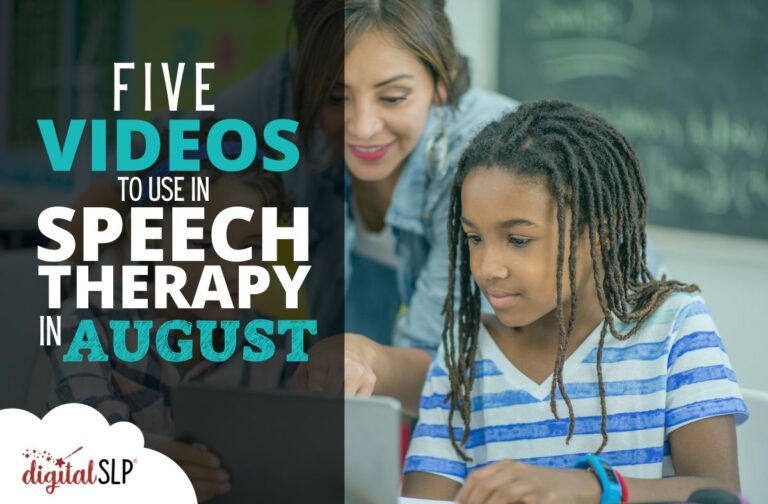





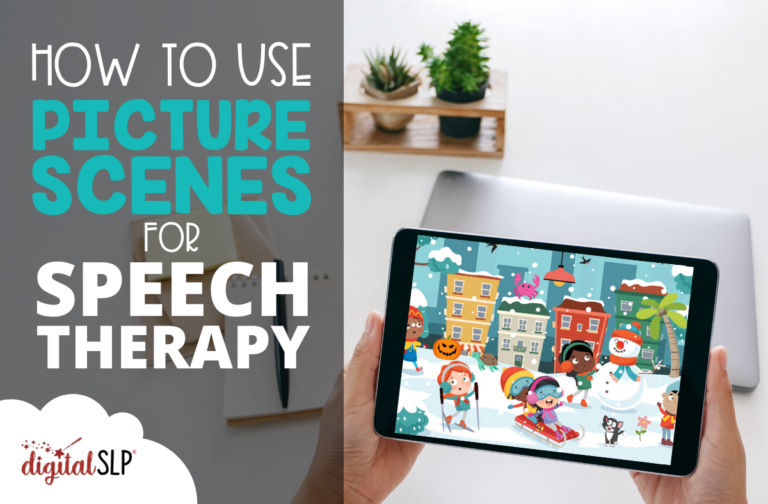
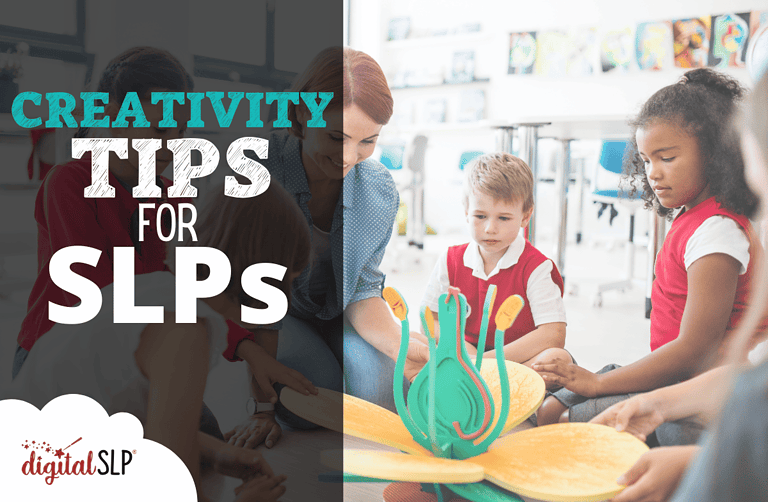
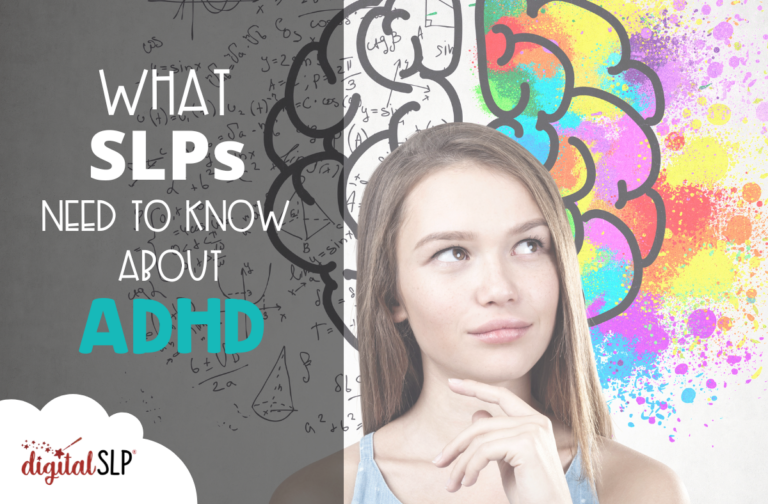
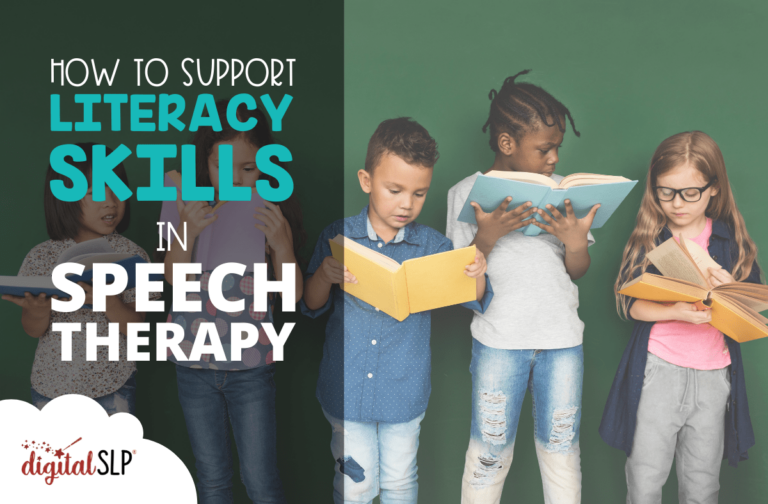

Recent Comments